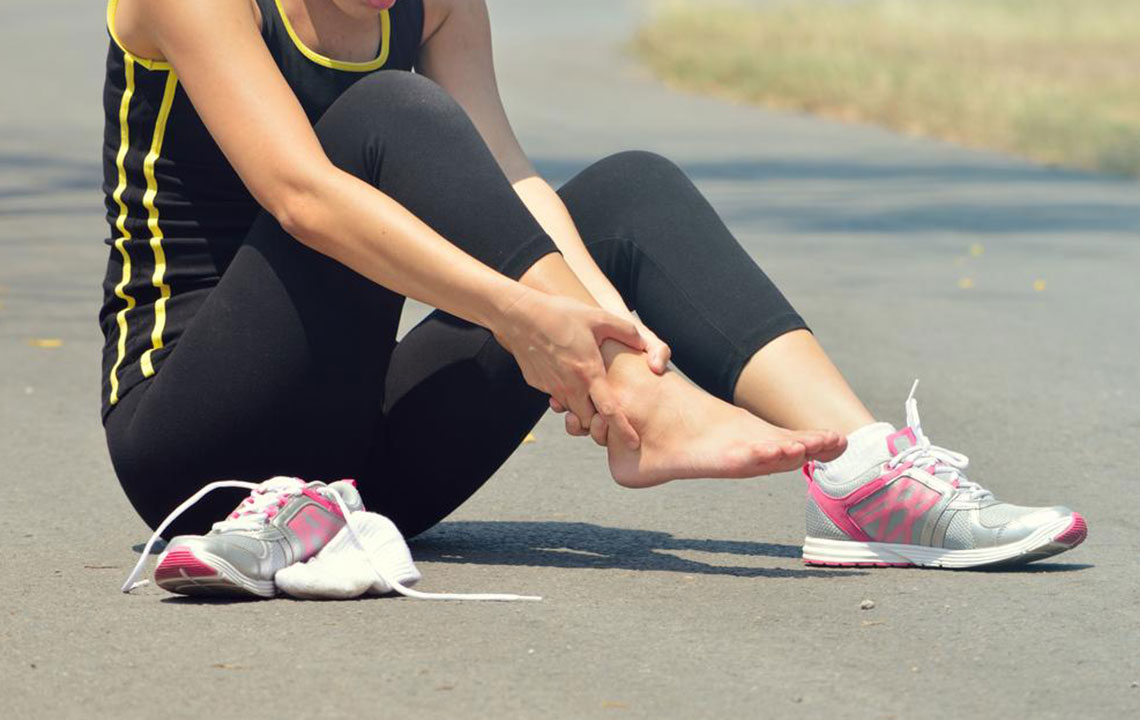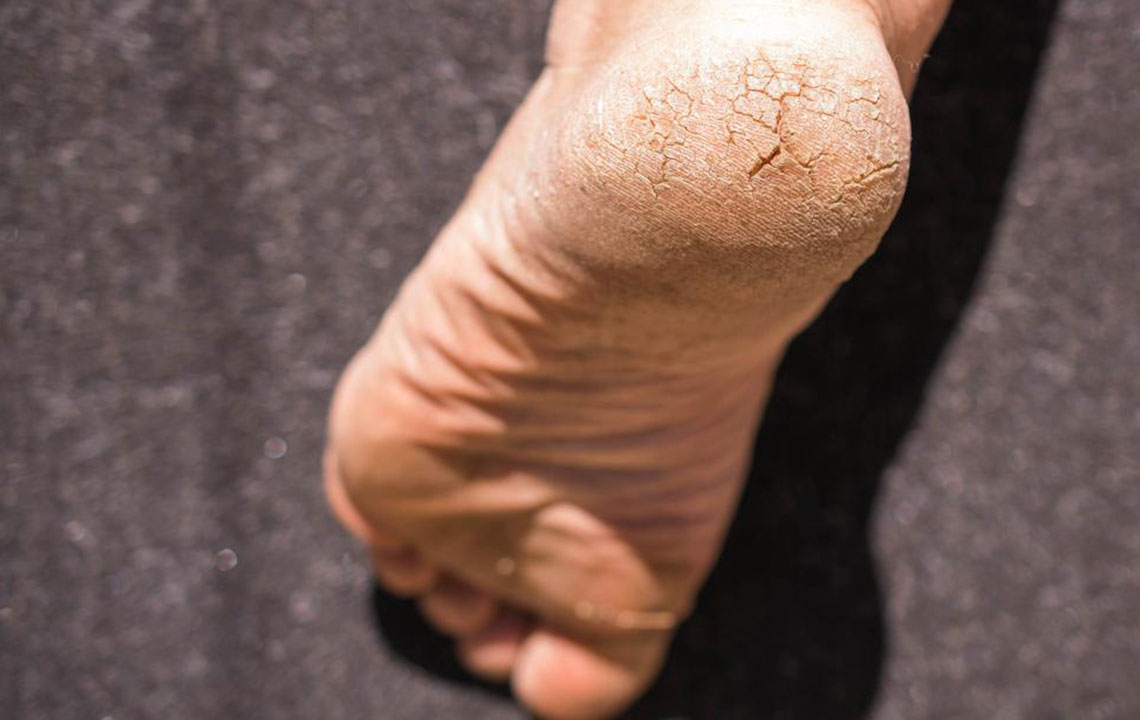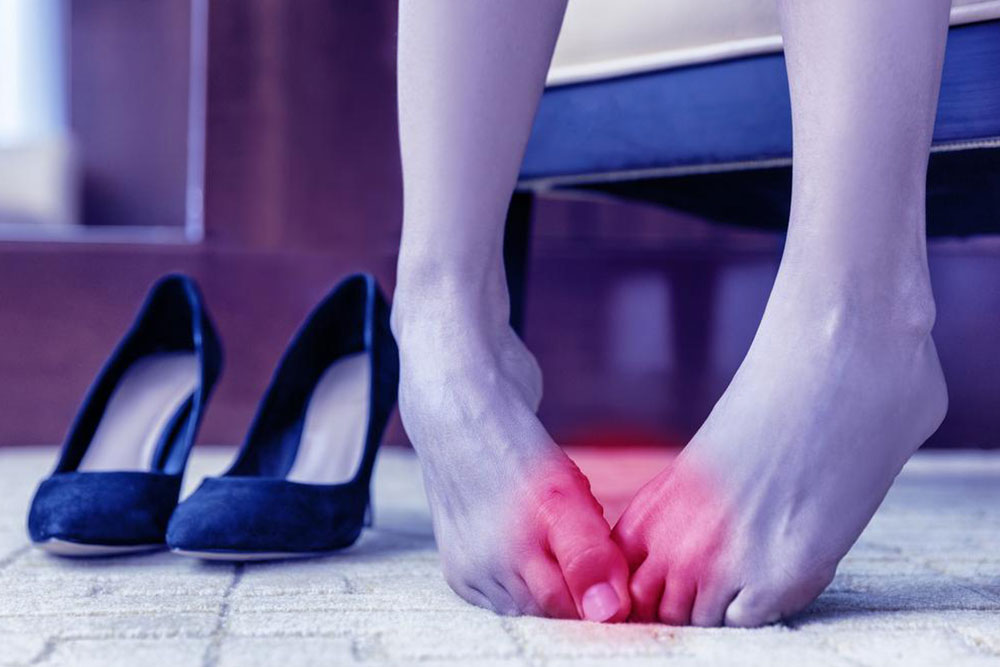Effective Strategies for Alleviating Lower Back Discomfort
Discover practical and effective methods for relieving lower back pain. This guide highlights exercises, ergonomic tips, and therapies to manage discomfort, prevent future issues, and lead a pain-free life. From stretching routines to cold and hot therapies, learn how to keep your back healthy and strong. Consulting healthcare professionals for persistent pain ensures personalized treatment, helping you regain mobility and comfort. Incorporate these strategies into your daily routine for lasting relief and a healthier spine.

Effective Strategies for Alleviating Lower Back Discomfort
Experiencing persistent pain or discomfort in the lower back, especially after lifting heavy objects or bending, could be a sign of lower back issues. This common condition affects many individuals over the age of thirty, partly due to declining calcium levels and degenerative bone changes. Studies indicate that about 25% of the population experiences episodes of lower back pain at some point. Genetic factors and past injuries can also contribute to the condition, which often surfaces with age. Understanding these causes helps in managing and relieving pain.
Even though common, lower back pain can severely restrict daily activities. To combat this, staying active is crucial; gentle movements like walking, pet walking, or light aerobic exercises help maintain spine health. Regular stretching, especially for the hamstrings and back muscles, can alleviate tension. Proper posture and ergonomic work setups also contribute significantly. Applying cold or hot packs can reduce inflammation and promote healing. Over-the-counter anti-inflammatory medications, used with medical guidance, provide additional relief. Combining these approaches can lead to effective back pain management and improved quality of life.
Practicing good posture, engaging in gentle exercises, and using heat or cold therapy are simple yet effective methods to ease lower back pain. Creating an ergonomic workspace, avoiding high heels, and incorporating hamstring stretches into daily routines can prevent discomfort. For persistent issues, over-the-counter medications like ibuprofen or naproxen can be helpful, but always consult a healthcare professional first. Medical treatments such as muscle relaxants or back braces may be recommended for severe cases. A holistic approach combining activity, proper ergonomics, and medical guidance offers the best chance for relief and maintaining a healthy back.










